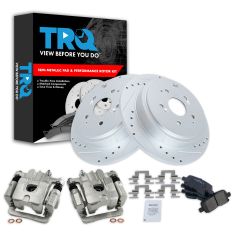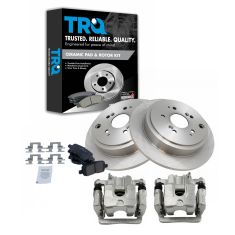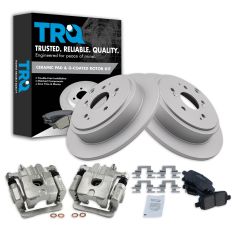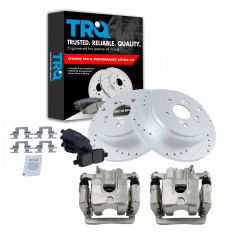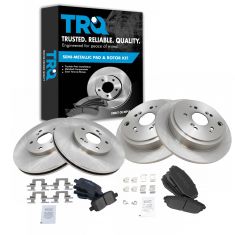1ABFS17193-Honda Pilot Acura MDX Rear Driver & Passenger Side Semi-Metallic Brake Pad & Rotor Kit with Calipers TRQ BKA35995
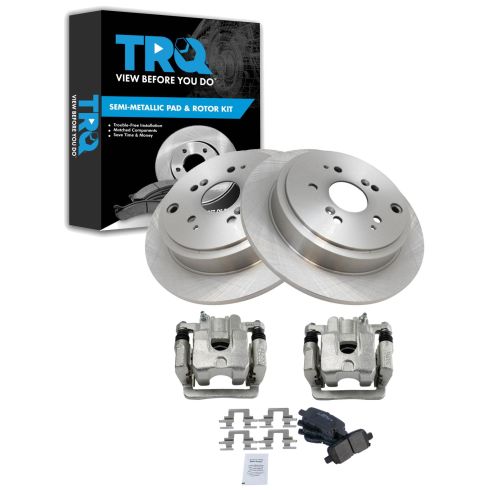
Replaces
2002 Acura MDX Rear Driver & Passenger Side Semi-Metallic Brake Pad & Rotor Kit with Calipers TRQ BKA35995

You may also like
Product Reviews
Loading reviews
There are no reviews for this item.
Customer Q&A
No questions have been asked about this item.
Acura is a registered trademark of Honda Motor Co., Ltd.. 1A Auto is not affiliated with or sponsored by Acura or Honda Motor Co., Ltd..
See all trademarks.















